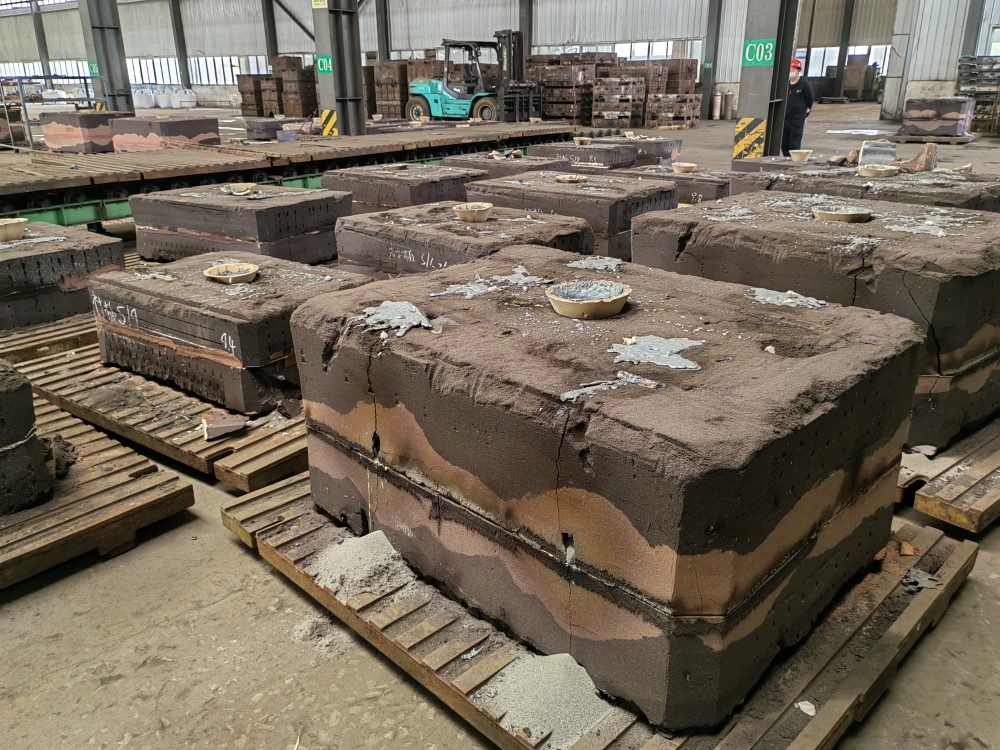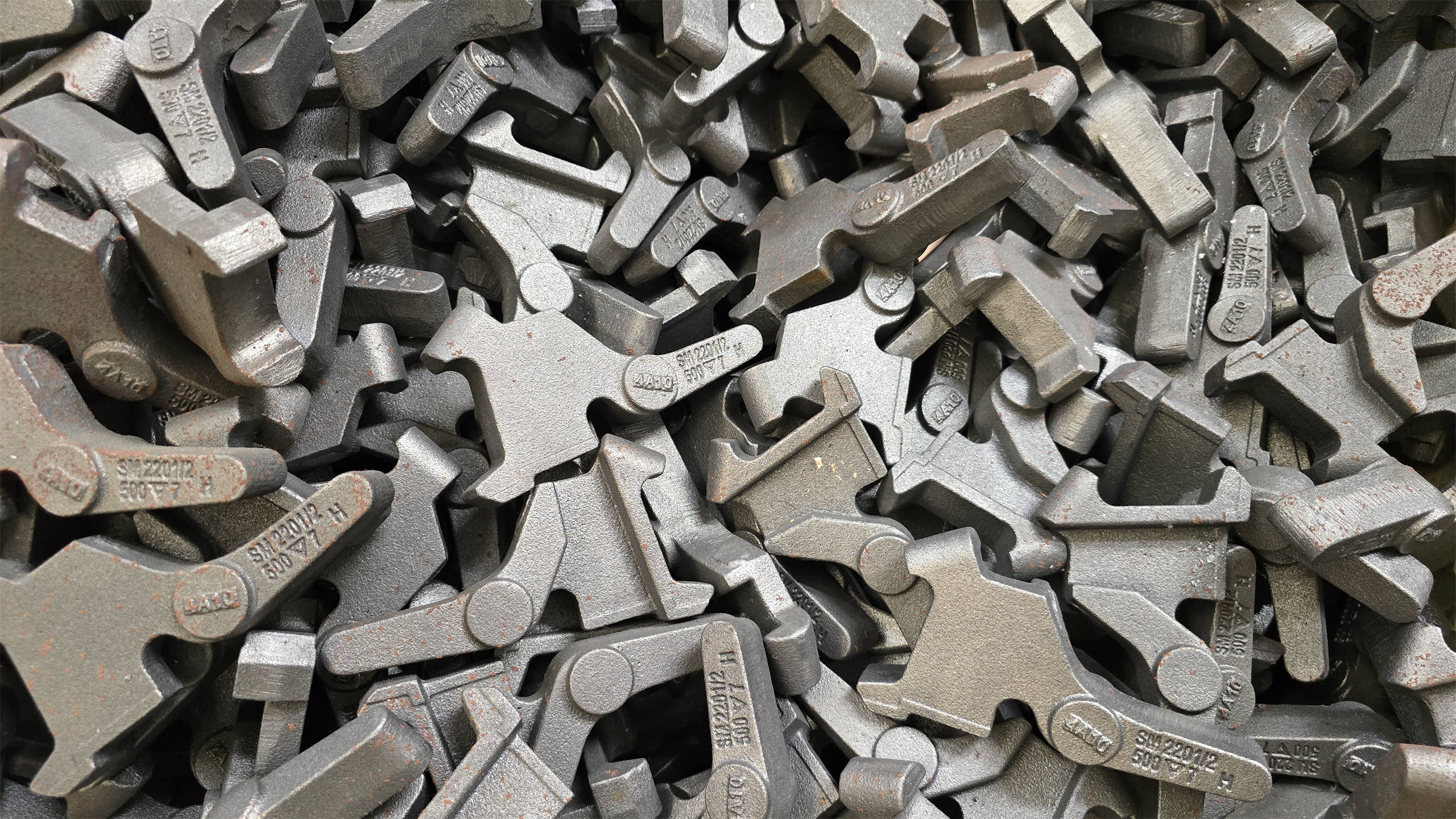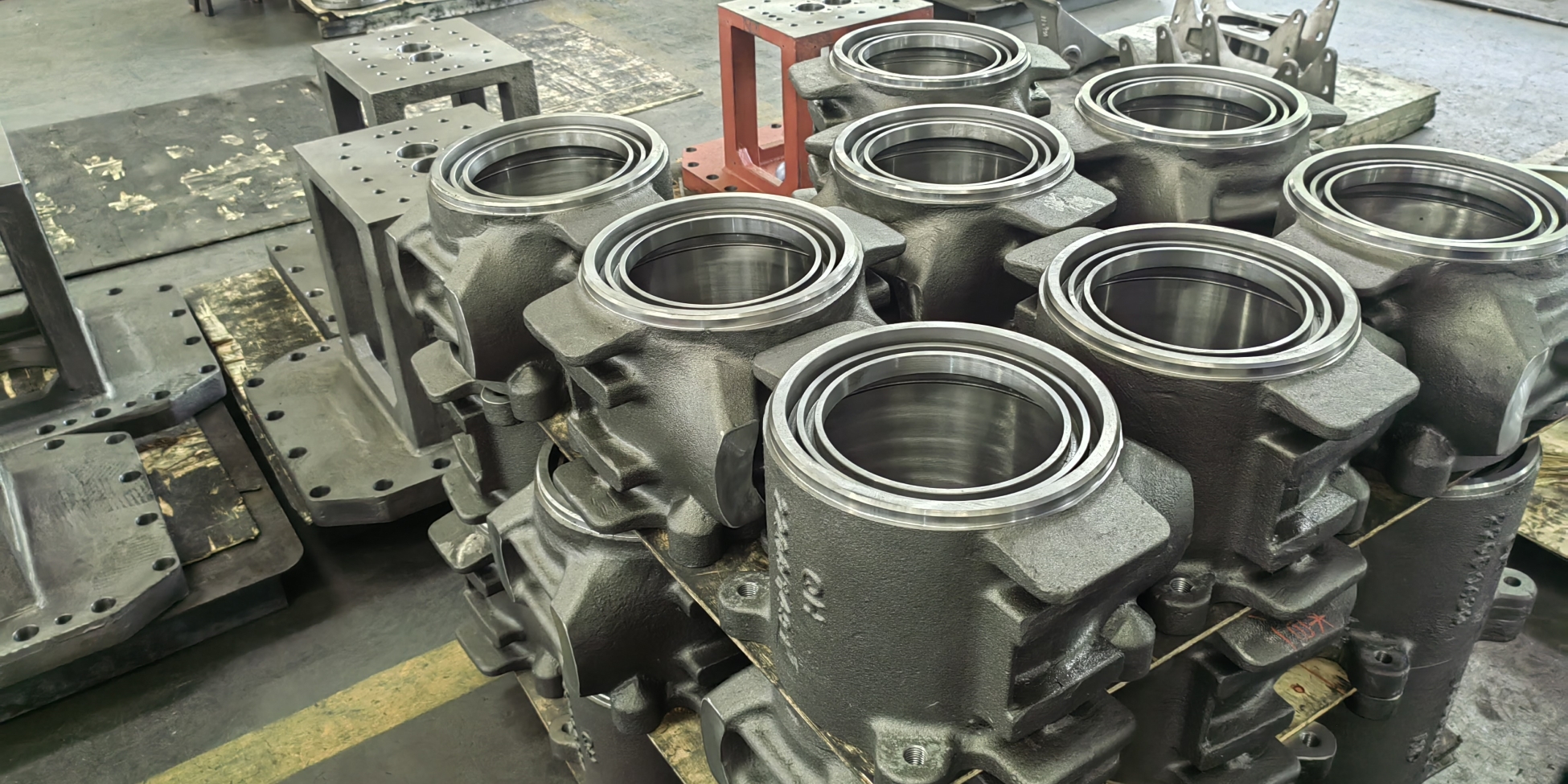
Privacy statement: Your privacy is very important to Us. Our company promises not to disclose your personal information to any external company with out your explicit permission.
Min. Order:10 Piece/Pieces
Transportation:Ocean,Land,Air,Express
Packaging:Export standard packing
Supply Ability:500 tons per month
Productivity:500 tons per month
Iron sand castings offer numerous advantages, particularly when utilizing various types of iron such as ductile iron, SG iron, grey iron, and cast iron. Each type brings unique properties that make sand casting an adaptable and effective method for...
Min. Order:5 Piece/Pieces
Transportation:Ocean,Land,Air,Express
Packaging:Export standard packing
Supply Ability:500 tons per month
Productivity:500 tons per month
Taiyuan Simis Investment Casting Co., Ltd. is a leader in the production of customized valve bodies using the sand casting process, a method renowned for its versatility and effectiveness in producing large and complex shapes. Our capabilities...
Brand:SIMIS
Min. Order:10 Piece/Pieces
Transportation:Ocean,Land,Air
Packaging:Export standard packing
Supply Ability:1000 tons per month
Productivity:500 tons per month
What is Green Sand Casting Green sand casting is a traditional and highly adaptable casting process that remains integral to the production of diverse metal components across various sectors. This technique utilizes a mixture of sand, clay, water,...
Min. Order:5 Piece/Pieces
Transportation:Land,Air,Ocean,Express
Packaging:Standard Export Packing
Supply Ability:1000 tons per month
Productivity:1000 tons per month
Sand casting impellers are pivotal components utilized across multiple industries due to their robustness and efficiency in handling various mediums. These impellers are integral to the operational processes in industries such as oil and gas,...
Brand:SIMIS
Min. Order:10 Piece/Pieces
Transportation:Ocean,Land,Air,Express
Packaging:Export standard packing
Supply Ability:1000 tons per month
Place of Origin:China
Productivity:1000 tons per month
The sand casting technique remains a cornerstone in the manufacturing of steel casting parts, offering significant advantages for both standard and customized applications. Particularly effective for stainless steel sand casting, carbon steel sand...
Brand:SIMIS
Min. Order:10 Piece/Pieces
Transportation:Ocean,Land,Air,Express
Packaging:Export standard packing
Supply Ability:500 tons per month
Productivity:500 tonnes per month
Sand casting is a widely used manufacturing process for producing agricultural machinery components. It involves pouring molten metal into a sand mould cavity to create the desired shape. Agricultural machinery components manufactured through sand...
Brand:SIMIS
Min. Order:5 Ton
Transportation:Ocean,Land,Air,Express
Packaging:Export standard packing
Supply Ability:500 tons per month
Place of Origin:CHINA
Productivity:500 tons per month
Clutch housings are vital components in automotive transmissions, encapsulating the clutch assembly to support various functions, such as the operation of steel clutch plates and the general mechanics of car clutch components. Taiyuan Simis...
Brand:SIMIS
Min. Order:10 Piece/Pieces
Transportation:Ocean,Air,Land,Express
Packaging:Export standard packing
Supply Ability:500 tons per month
Place of Origin:China
Productivity:500 tons per month
Taiyuan Simis Investment Casting Co., Ltd is a leading manufacturer of custom and OEM pump housings, leveraging advanced production techniques and a wide range of materials to meet the specific requirements of our clients. Our expertise spans across...
Brand:SIMIS
Min. Order:5 Piece/Pieces
Transportation:Ocean,Land,Air,Express
Packaging:Export standard packing
Supply Ability:500 tons per month
Place of Origin:CHINA
Productivity:500 tons per month
Taiyuan Simis Investment Casting Co., Ltd excels in the production of customized stainless steel sand castings, utilizing advanced sand casting technologies to meet diverse industrial needs. Our facility is equipped to handle both traditional sand...
Brand:SIMIS
Min. Order:10 Piece/Pieces
Transportation:Ocean,Air,Land
Packaging:Export standard packing
Supply Ability:500 tons per month
Place of Origin:CHINA
Productivity:500 tons per month
Benefit of Cast Iron Castings Cast iron is a group of iron-carbon alloys with a carbon content greater than 2%. Its basic characteristics make it a versatile and vital material for various casting applications: 1. Good Fluidity: Cast iron has...
TAIYUAN SIMIS INVESTMENT CASTING CO., LTD
WHAT IS SAND CASTING?

SAND CASTING FOUNDRY
SAND CASTING ADVANTAGES

SAND CASTING
PROCESS

TAIYUAN SIMIS INVESTMENT CASTING CO., LTD
SAND CASTING CAPABILITIES


Privacy statement: Your privacy is very important to Us. Our company promises not to disclose your personal information to any external company with out your explicit permission.

Fill in more information so that we can get in touch with you faster
Privacy statement: Your privacy is very important to Us. Our company promises not to disclose your personal information to any external company with out your explicit permission.